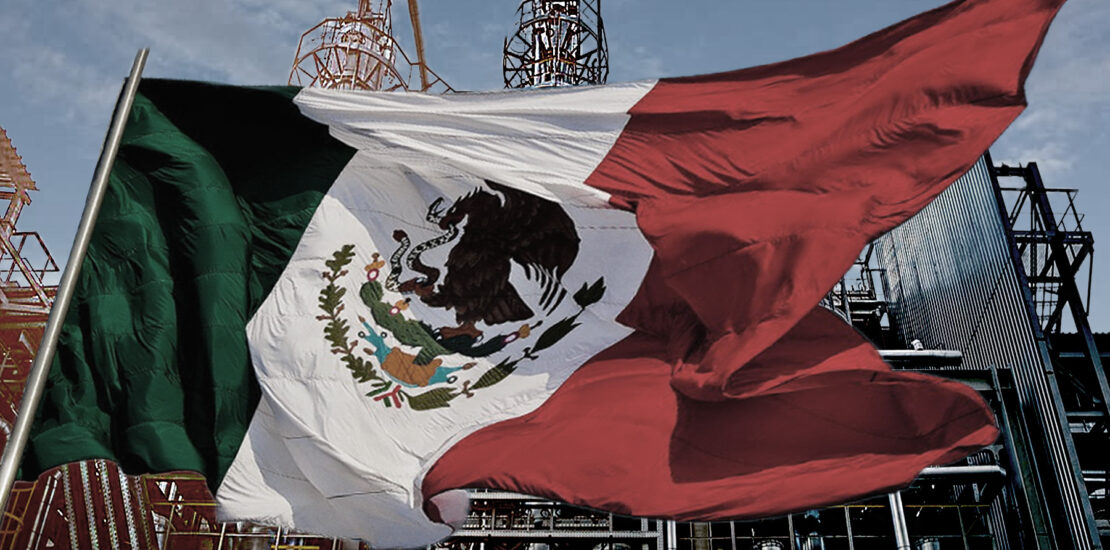- 25 mayo, 2020
- Posted by: Armando Nuricumbo
- Categoría: Estados Unidos, México

“To the extent that the organization can perform certain activities better than its competitors, it can then achieve a competitive advantage.”
Philip Kotler
Over the past thirty years, China has unquestionably become the factory of the world. From 1980 to 2018 its Gross Domestic Product grew on average 9.5% a year. According to the World Bank, this has been the largest and fastest economic expansion in all of human history. China has been able to double the size of its economy every eight years and has lifted eight hundred million people out of extreme poverty, in an unprecedented exercise of social mobility. Today it is the largest economy in the world when measured based on purchasing power. All this was achieved thanks to its ability to position itself as a magnet for foreign investment, and by creating internal conditions that would ensure the prosperity and competitiveness of its companies, especially those in the exporting sector.
However, things were not always great. On June 4, 1989, the Tiananmen military repression occurred, in which the government of the great reformer Deng Xiaoping decided to violently end the student protests that had begun just a few months before. As a result of that action, the United States and several countries in Western Europe decided to politically and economically isolate the Chinese government. Sanctions were established and trade became strongly limited. Paradoxically, this political and diplomatic isolation made the Chinese regime decide – against all odds – to accelerate its process of economic opening and structural reforms. In 1983, China received $ 920 million in foreign direct investment a year. By 1991, that number had risen to $ 4.37 billion, to $ 45.3 billion in 1997, and to $ 138.3 billion in 2018. Overall, China is estimated to have received investment flows in the order of $ 2.1 trillion (almost twice the size of the entire Mexican economy) in the last 30 years.
Unfortunately, everything seems to indicate that this beautiful chapter is coming to an end. The relationship between the United States and China – which is the most complex bilateral relationship in the world – has deteriorated and is entering a very complicated stage. As a result of the Coronavirus pandemic, governments and multinational companies have started to think about how to have more control over their supply chains, how to be less dependent on other countries when it comes to strategic sectors, and how to generate more employment locally, or at least regionally. Economic reality also indicates that it would be almost impossible to have all manufacturing processes return to developed countries. This could represent a historic opportunity for Mexico, which with the appropriate actions could position itself as the North American factory, under the framework of T-MEC, with production chains that have already been built and tested over the last thirty years, and with the infrastructure that has positioned the country as the largest exporter in Latin America.
We can learn many things from the Chinese experience, including that pragmatism must be put above ideology. That no transformation can go very far in a context of unemployment and misery. That tangible results above the political speeches or the newspaper photographs. That true social mobility comes mainly from work and education, and that prosperous and successful companies are necessary for this. In a context of great changes towards prosperity and economic well-being that we all want to achieve, we must look more at China and less at Cuba or Venezuela.
